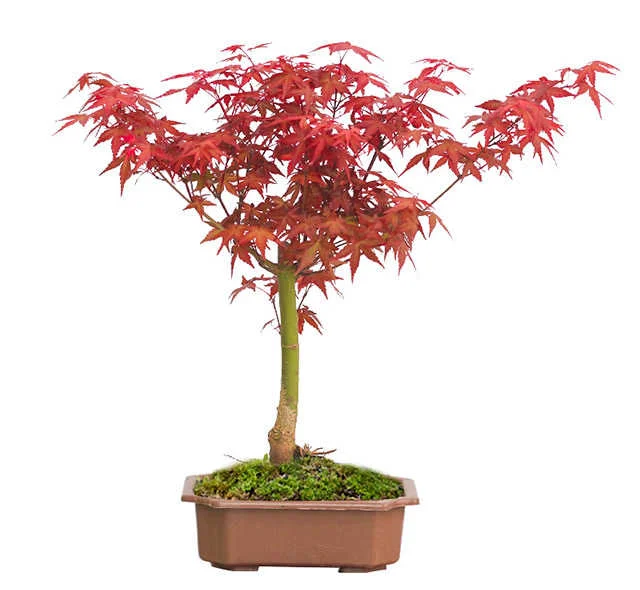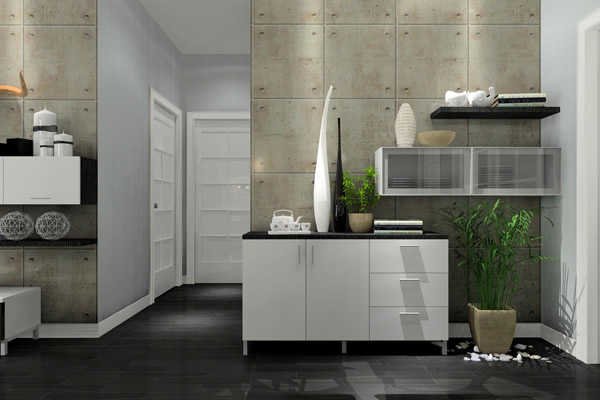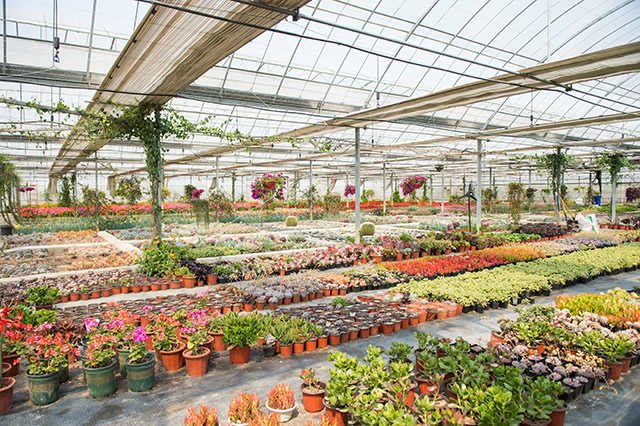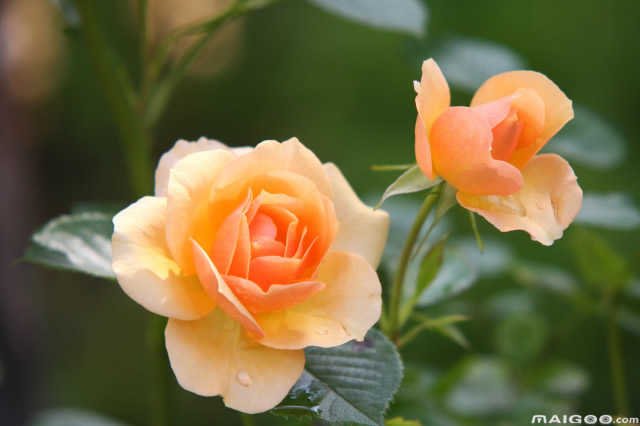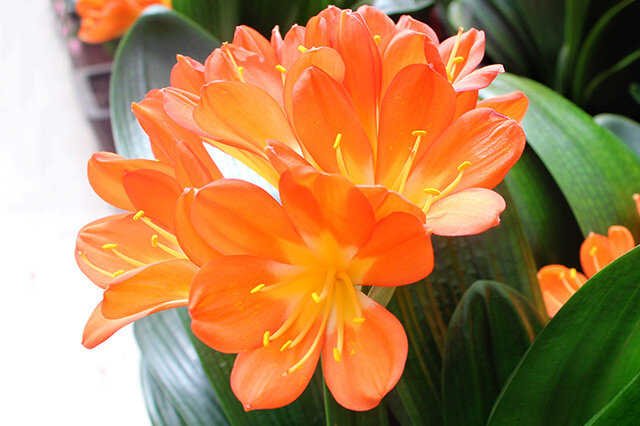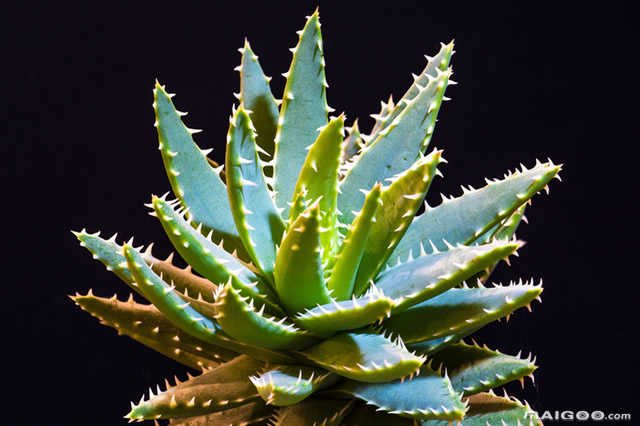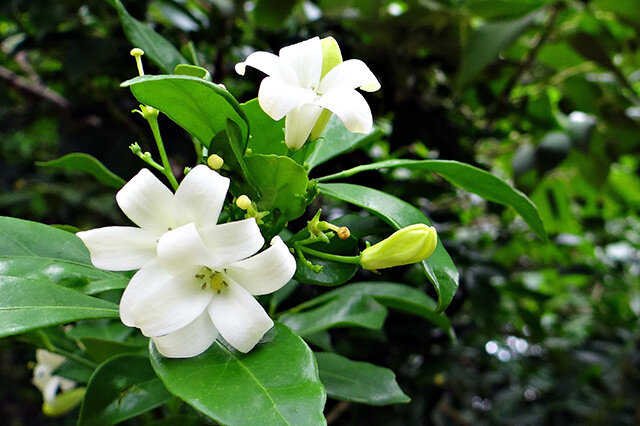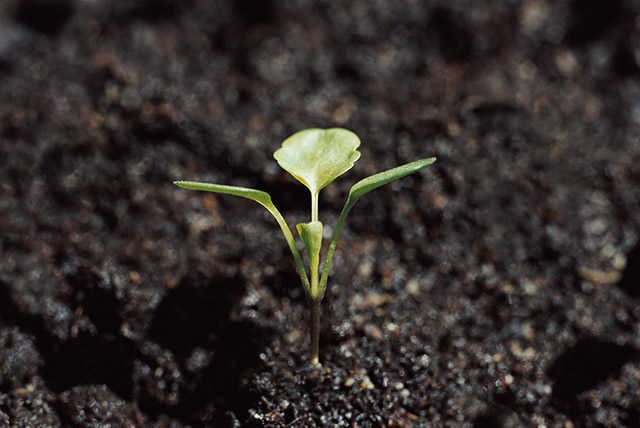Introduction to dry pot bonsai
There is no water in the pot.There are soils and stones, and soil stones are often mountain shapes.According to the mountains and landforms, the mountains of the mountains, the grassland forests or the sand dune oasis, etc., although some drought pots do not use water, but use white fine stone grains to replace water, this kind of bonsai is called the dry pot water.Drought bonsai, there is no water in the pot.The flat, luster or reflection of the pot surface is often used to symbolize water.
Drought bonsai production
tools: saw, chisel, pliers, hammers, embedded plates, brushes, etc.
Materials: shallow mouth pot, mountain stone, cement, sand, etc.
Production process:
1, Single design:Before the production of the rockery, you must be a bamboo, which type of bonsai and which bonsai shape must be determined, otherwise there is no way to get started. According to the idea, the shape of the mountain in the sand table is initially placed in the sand table.Note: The height and size of the rockery must be coordinated with the size of the shallow pot.
2, Bonding glue to pick up the fake mountain:first step,In the mountain body, you must first adjust the cement glue. Pay attention to the use of the glue, and pay attention to the consistency of the glue.In the second step, the stone processing, the mountains that need to be adhesive are processed by hammer, chisel, sawing and other tools to produce texture and strange shapes.The third step is to bond the mountain body. Use the embedded plate on both sides that need to be bonded to coat the cement glue to make the rocks integrated into one. Pay attention when the bonding, try to make the mountain stones not see the traces of the break.Pay attention to remove the excess glue at the bonding.
3Selection of flowers and trees:planting flowers and trees on the rocks, choose the developed and easy -to -live dwarf seedlings, and it is better to use the small leaves.The size of the seedlings should be coordinated with the proportion of rocks.flowers and trees of mountains and stones should not be too dense. Moss can only grow in low concave places, and moss on protruding rocks should be removed.In this way, it can highlight the danger of mountains and stones and reflect the natural scenery.
The flowers and trees of landscape bonsai are integrated with the rocks.The trees on the top of the mountain should be dwarfed and the branches should be telled; the trees of the back of the mountain should be directly exposed; the trees planting trees in the hillside is not straight; the trees are planted at the cliffs, and it is most suitable for the old.Drought.planting trees at the foot of the mountain, you need to choose a wet tree species.This plant is not only in line with natural vegetation distribution, but also easy to manage.
4Plant planting method:If it is a pine stone, the cave of planting plants can be kept when the stone is processed. The caves should be as small as possible on the side or back of the mountain stone as much as possible. The mouth is small and the inside should be large.If it is a hard stone, a cave is made when the glue stones.The cave is best to reach the bottom, because it is easy to draw water.If you cannot reach the bottom, you must go out of the water outlet at the bottom of the cave so that plants can be planted in the cave.If there are no conditions to make caves, you can use brown Skin to wrap the root of the plant with mud, tied it to the back of the rock, so that the plant will extend from the stone side.Most plants planted on the rocks can be drawn by themselves, and they may not be watered from above; if it is difficult to draw water, pay attention to frequent watering to prevent dry dry.In addition, the plants in the mountains and stone bonsai must be configured properly in order to receive good results.
After the production of the mountains is completed, it cannot be moved immediately. It is basically firm to spray water for two or three days.
Mountain and stone bonsai is a three -dimensional painting.It has been processed by the author's artistic process to handle the magical method of shifting the sky, and reproduces the natural beauty through the form of mountains, plants, and accessories in the pot.
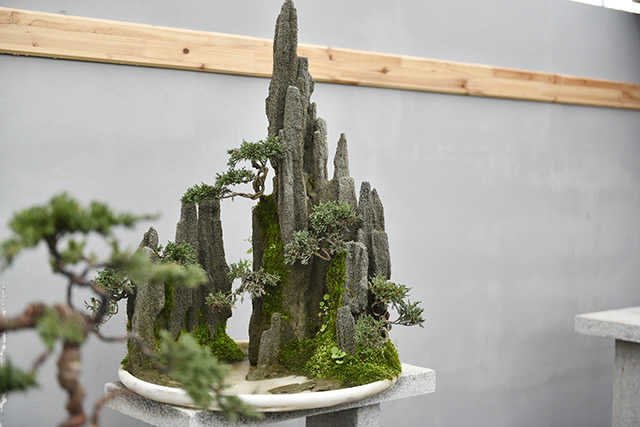
Introduction to water basin bonsai
The water bonsai is mainly water and stones. The rocks are put on the water, and the water bonsai has a large area or deep water in the basin. Sometimes there are small fish in the water.In the entire plane area of the pot, the area of the water surface is occupied6/10The above bonsai is called a water basin.Mainly water and stones, mountain stones put on the water, especially suitable for flat lakes and wide rivers.
Water basin bonsai production
The water basin type is placed in the water basin in the shallow water basin.The basic materials for making landscape bonsai are mainly rocks.There are many types of mountains and stones in my country. There are many types of mountains and rocks. There are more than 30 commonly used mountains and stones, which can basically be divided into two categories: loose and hard.The pine water absorption is good and easy to process and carve the shape; the hard texture is hard without water, and it is not easy to process.Regardless of the pine or hard mountain stones, the stones that make landscape bonsai must have the characteristics of natural texture, color, and natural morphology.
1The choice of stone
The basic materials for making landscape bonsai are mainly rocks.There are many types of mountains and stones in my country. There are many types of mountains and rocks. There are more than 30 commonly used mountains and stones, which can basically be divided into two categories: loose and hard.The pine water absorption is good and easy to process and carve the shape; the hard texture is hard without water, and it is not easy to process.Regardless of the pine or hard mountain stones, the stones that make landscape bonsai must have the characteristics of natural texture, color, and natural morphology.Main stones include floating stone, sand accumulated stones, and floating stones.
2The processing of stone
After the appropriate stone is selected, processing must be performed.The processing requirements are natural and unsmorphbean. The carving should not be too rigid, but it must be vivid and Smooth.The specific processing methods include sawing, carving, glue connection, and lining.
3The layout of Shishan
The landscape bonsai is the artistic method that uses shrinking the earth and using small opinions. According toThe principle of "one peak is Taihua Chihiro, a spoonful of rivers and lakes" is used to shape and layout.The landscape bonsai is dominated by mountains. The successful stone mountains must be the shape of both shapes and majestic mountains, as well as wrinkles, thinness, transparency, and leaks."Wrinkle" means that the surface of the stone has texture on the surface of the stone, the wrinkles are regular, and it should not be Smooth; "thin" means that the stone is slightly longer, the top is wide, and it should not be bloated.Communicate with each other; "leak" means that the stone material must have pores and can ventilate and drain.When we choose stone to make bonsai, we mainly determine the theme based on the characteristics of the stone.For example, if you are straight and upright and cliff, it can be used to make dangerous peaks; those with flat -length shape can be used to perform continuously, wrinkled, thin, transparent, and leaky, not only can be used as Yunfeng, Island, TushanYou can also be appreciated.
4, Plant plant and configuration small scenery
After the production of the stone mountains of the mountain and stone bonsai, it is also necessary to start planting some plants and wood, embedded some moss and configure some characters.Poetry and painting.
1Irrigation
There are very few plants planting plants on landscape bonsai and rocks. Water storage is also difficult. Watering is more difficult. Unlike the bonsai of the stump, a little negligence will cause the plant to dry.Therefore, irrigation should be irrigated in time.The water and stone bonsai made by water absorption stone, in the basinMiddle must be full of water, and at the same time, water spray water on plants and rocks, which is also very beneficial to grow moss on the rocks. If the bonsai made without water absorption stones must be sprayed repeatedly on the places where plants are planted until they are soaked.totalIn this way, the moisture required by plants on the mountains and stones continues.
2, Fertilize
Also due to the less soil planting plants on the mountains and stones, it is not convenient to change soil. Therefore, the nutrients required for plant growth are limited. We must pay attention to regular fertilization to grow well.The Fertilizers applied on the mountains should not be thin, and the amount of Fertilizer should not be too much each time.
3Shaded
The plants on the rocks are generally shallow, and they cannot be exposed to the sun. At the same time, the moss on the rocks should be shaded.Therefore, it is best to place the rocks in the summer in the place where there is no direct sunlight.
4Cold -proof
Due to the shallow roots on the rocks and the reduction of cold resistance, cold -proof measures must be taken in winter, and it is generally not appropriate to place Outdoor.
Introduction to water and drought bonsai
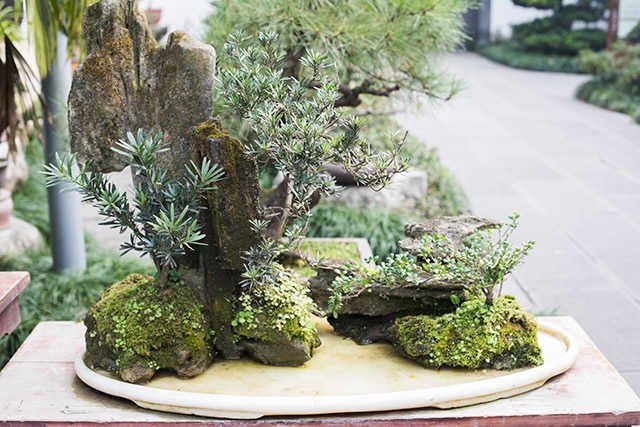
Water and drought bonsai are the product of combining trees bonsai and landscape bonsai.It is a form unique to Chinese bonsai.Water and drought bonsai show a wide range of themes, rich scenery content, rich natural atmosphere, and loved by people.The production of water and drought bonsai is relatively complicated. It is required that the producers can master the basic skills of two types of bonsai two types of bonsai in order to be handy.
Water and dry bonsai production
1. Choose trees
In the drought bonsai, the trees have a relatively raised position.The shape and charm of trees have an important impact on composition group scenes and freehand expressions.The trees in the bonsai can be planted alone, or it can be planted and clustered.Lonely planting trees require relatively perfect shapes; trees that are planted and clustered require the same style, with size, height, and secondary and secondary.Because water and drought bonsai shows natural scenery, the gesture of the trees should be natural and unprepared.The selected trees are best cultivated by potted plants. They have mature root systems and are easily prolated into the drought and drought bonsai to easily survive.
2. Select stones
In the water and drought bonsai, mountains and rocks are the partners of trees, and at the same time, it can best reflect the surface scenery and geomorphological characteristics.Water -drought bonsai is mostly used for hard stones. Because of its good texture, it will not transmit water when separating water and drought.Commonly used hard stone materials include Yingde Stone, Turtle Stone, Xuanshi, Strond Strus Stone, etc.Pine stones such as sand accumulation and reed pipe stones can also be used as water and drought bonsai, but because the stone has fine pores to transmit water, it is necessary to treat leakage treatment when separating water and drought.Different stone types of texture, shape, texture, and color are different. What kind of stone species should be used according to the content of the work.In the unified stone, the texture and color change are also very large, so the stones are particularly unprepared, shape, pattern, and color coordination.For stones used for the shore and water surface, the bottom needs to be cut flat to make it close to the basin of the basin with the pot.Cutting stones can be cut with ore cutting machines.
3. Pot selection
Water and drought bonsai should use a shallow white marble basin. The bottom of the basin is non -perforated and can store water to facilitate the performance of the water view.The pot is shallow, which can raised the twists and turns of the waterfront line, which is the so -called"Mountains are living in water, and water turns because of the mountains."The plain color of the pot, such as a piece of white paper, can form a "painting" to make the best to the fullest.The shape of the basin is compared with rectangular, ovate, and waist circles. The Square and circular shape are used less.
4. Pack up and rectify trees
Trees materials with water and drought bonsai must be processed and rectified for certain processing, so that it has a soft attitude and meets the requirements of the landscape.The processing can be combined with a piercing and trimming method. It is necessary to consider the gesture and charm of the trees itself, but also the needs of composition layout.If multiple trees are planted or clustered, they must clean up and rectify the relationship between the main and contemporary and concessions of each other.When the root system affects the planting, it should also be properly trimmed or tied to the root system, so that it can be planted in the pot.
5. Trial layout
Layout is an important part of making water and drought bonsai.First place the selected trees in the proper position, then place the rocks, and design the twists and turns.During the test release, while observing, adjusting, making the tree stones coordinate and coordinated, and the layout is natural and rich.Common layout forms include water, rivers and lakes, and streams.After the layout is determined, you can use a pencil to draw the rock position in the basin along the water shoreline. If necessary, you can numbered it by block in order to"Seating on the sign."
6. Paste mountain stones
After the layout is determined, take the trees and rocks, wash the pots and rocks separately, and then stuck the stone in the basin according to the pencil wire in the pot.The detailed method is107Mix the cement as a adhesive, apply the cement to the bottom surface of the stone with a small scraper, and paste it to the original position.After sticking a piece, apply cement between the adjacent stones to make the stone and the stone meticulous.After this process is over, it has achieved the purpose of separating water and drought.In order to make the slope shore beautifully clean, the excess cement can be used to dip the water with water dipped in water.If it is a loose stone, you need to apply a layer of cement on the inside of the slope (one side of the soil) to ensure that it is not leaked.
7. planting trees
After the mountain stones are fixed in the pot, trees can be planted.The detailed method is to spread a layer of soil on the pot surface on the side of the soil, put it in the trees, and adjust the height of the planting with the thickness of the soil.After the positioning is satisfied, fill in the soil near the root system, and use a small bamboo stick to cut the soil to make the root and the soil closely combine with the soil, which is conducive to survival.While planting, appropriately make ups and downs.
8. Donading mountain stones
At this time, although the bonsai has begun to achieve results, the rocks on the waterfront are like one"Shi Yan Kan" is drought, water is water, and it is frustrated and rigid. If there are some mountain stones embellished on the dry land and water surface, the situation is very different.The rocks scattered by the earth are not only rich in the terrain and landforms, and the composition is perfectly composed, but it also echoes the rocks on the banks of the water shore, which makes the entire landscape harmoniously integrated.The surface of the water is embellished with several mountain stones, like the surface of the reef, which can make the original empty surface vivid.
9. Powding moss
Moss is in the bonsai, such as grassland. With the lining of moss, the bonsai is angry.When cloth moss, first spray the soil surface with a sprayer, and then put the moss from the shovel with soil on the soil surface, gently compact.There is a moss between the trees as an intermediary, which is even more natural, and the color of the bonsai has become richer.Moss is planted in the pot, which can also protect soil surfaces to avoid water loss caused by watering or flushing.After the moss was planted, the pot soil was poured through the watering pot.
10. Placement decoration
For the abundant artistic conception, the theme is raised, and sometimes you need to place ornaments in the bonsai.Commonly used decorations include boats, bridges, pavilions, huts, water pavilions, characters, etc., which are the most combined with pottery ornaments produced in Foshan, Guangdong.The choice of ornaments should be appropriate, the proportion of the scene should be fair, and the position of the placement must be affordable.The decoration should be able to break in a word, not to draw a snake.
Water and drought bonsai usually take trees as the main body, and most of them are bushes.It should be noted that the relationship between the primary and secondary, denseness, high and low, far and near, concessions, exposure, dynamic and static, etc. At the same time, the relationship between trees and mountains and stones, as well as the location of mountains and stones, the proportion of the drought and water surface should be appropriate.The layout of mountain stones should pay attention to the principles of perspective. The shape and wrinkles of the rocks should be roughly the same, and they must be slightly changed. The stitching rocks must have an overall sense, and large pieces of noodles need to be used with small pieces.The point stones of the water and drought bonsai have a great impact on the overall shape. It can echo the rocks of the slope shore, and at the same time play a contrast and setting role in trees.Point stone also plays an important role in the treatment of the terrain, and it can also make up for the defects of the trees.Point stones should also pay attention to changes such as height, denseness, and relationships with other scenery.Most of the accessories are placed on the rocks, and the location, coordination, and proportional proportion should be achieved.
After repeated adjustment and modification, the layout can be determined, and the position of the main scenery is marked in a basin with a pencil. In particular, pay attention to the position of the waterfront line must be accurately drawn on the basin.Wrong.The specific operation process is to first combine the slopes of the slope in the basin, then plant trees, arrange some stones, and make the terrain, and finally fix the accessories to plant moss.
Wash the pot noodles before the adhesive mountain stone, you can use cement to adjust107Plastic, then adjust the color so that it is close to the color of the rocks.The glue must be tight, which must not only combine the mountain stones and the basin surface, but also make the mountains and stones be combined well.Do not leak water, and do not have excess cement exposure. You can use oil brush to dip the water to wash the cement outside the rocks.
After the cement is dry, trees can be planted.First lay a thin layer of soil in the dry land part, then remove the roots to stay soil and repair it appropriately. According to the layout requirements, the trees are planted in a suitable position, and the soil and root are tightly pasted with bamboo sticks. Do not press too tightly.
After the planting is completed, you can order stones in the original position.Point stones need to bury the lower part of the rock into the soil to make it make it"root".At the same time as stones, the terrain is made in the stacked soil in the dry land, and a layer of fine soil is sprinkled on the surface to pave the moss.After ordering stones, the accessories can be fixed on the stone plane with cement or glue.
Putting moss can beautify the pot surface, make trees, mountains and stones integrated, and prevent soil loss, and it is necessary to take it seriously.After laying moss, you need to consider it from the overall consideration to trim the trees once to find the best results.Finally, wash the mountains, trunk, and pot bowls.
